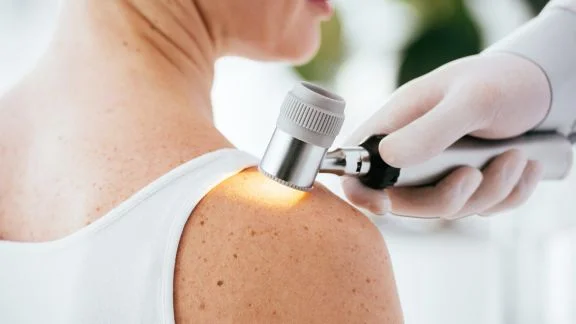
Cos'è il basalioma o carcinoma basocellulare? Come riconoscere il tumore cutaneo di derivazione basale: tipologie, cause, esami da fare, cura.

Quando una madre (o il caregiver) ha bisogno che il figlio stia male
![]() Dr.ssa Eleonora Riva
Dr.ssa Eleonora Riva
01.01.2026 - Cos'è il Disturbo Fittizio Imposto ad Altri? Scopri come riconoscere i segnali della Sindrome di Munchausen per procura e come proteggere il bambino.

Avvicinare il medico e il paziente abbattendo le barriere socio culturali.

Aumentare la consapevolezza rispetto alle scelte sulla propria salute.

Promuovere la cultura medica per evitare l'autodiagnosi e l'autocura.
Oltre 497.2k utenti registrati si fidano di noi.
Gli Specialisti della Community, verificati alla registrazione, collaborano gratuitamente per offrire contenuti medico-scientifici accurati, veritieri e aggiornati.
I Referenti Scientifici, garanti delle Linee Guida, vigilano quotidianamente sulla qualità dei contenuti pubblicati.

Dr. Paolo Piana Urologo

Dr. Mauro Colangelo Neurologo

Dr. Francesco Saverio Ruggiero Psichiatra

Dr. Antonio Ferraloro Neurologo

Dr. Giuseppe Santagati Chirurgo generale

Dr. Vincenzo Capretto Psicologo

Dr. Nicola Blasi Ginecologo
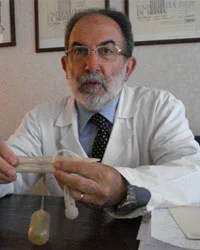
Dr. Diego Pozza Andrologo
Oggi già 6 risposte dai nostri medici specialisti!
Consulta l'archivio
Tra più di 1.6 milioni di consulti trova la situazione simile alla tua.
Hai un disturbo di salute?
Descrivi il tuo problema e chiedi un consulto ai nostri specialisti.
Sei uno specialista?
Aiuta gli utenti in difficoltà e rispondi ai loro dubbi.

Cos'è il basalioma o carcinoma basocellulare? Come riconoscere il tumore cutaneo di derivazione basale: tipologie, cause, esami da fare, cura.

Dr. Ruggiero
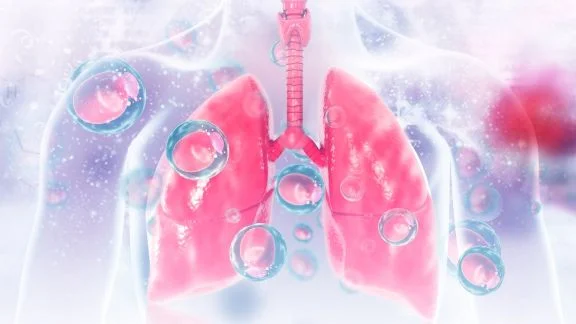
Polmonite virale e batterica: differenze, sintomi e trattamento
Redazione Scientifica Medicitalia
Sintomi dell'infarto: come riconoscerlo in tempo
Redazione Scientifica Medicitalia

Acufeni: cosa sono e come riconoscerli?
Dr. Arnone
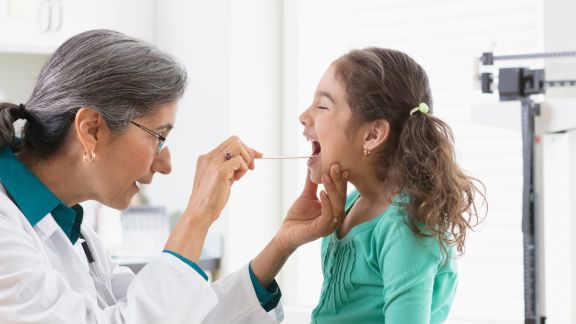
Infezione da streptococco: sintomi, diagnosi, cura
Redazione Scientifica Medicitalia
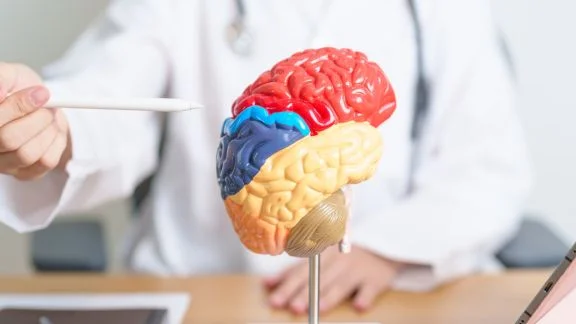
Dr. Vecchio

Come si calcola
il rischio reale di tumore al seno
Storie di ragazze fuori di seno
Il primo blog di Medicina Narrativa
2.971 utenti che hanno scritto 828.441 commenti, 55.229 pagine di contenuti equivalenti nel cartaceo a 1497 volumi da 225 pagine, con oltre 600.000 visualizzazioni mensili e 36.391.384 visualizzazioni totali
Buongiorno, per curiosità a giugno 2025 ho fatto le analisi del testosterone (M28), i valori sono tutti nella norma ma il testosterone è proprio nella parte bassa del range di riferimento, non ho...
Salve, sono una donna con autismo e ADHD tipo 1, diagnosticati nel 2023 nel privato. Attualmente sto vivendo quello che temo essere un burnout autistico, con depressione, ansia e forti...
Salve dottore ho fatto analisi delle urine valori nella norma: Descrizione Esame / Test Risultato U. M. Valori di Riferimento URINE ESAME CHIMICO FISICO E MICROSCOPICO Colore GIALLO...
Salve mi sono accorta che ho dei triangolini neri tra l' inciso centrale e quello laterale, (da destra e da sinistra), proprio in cima al dente all' attaccatura della gengiva. Non avverto...